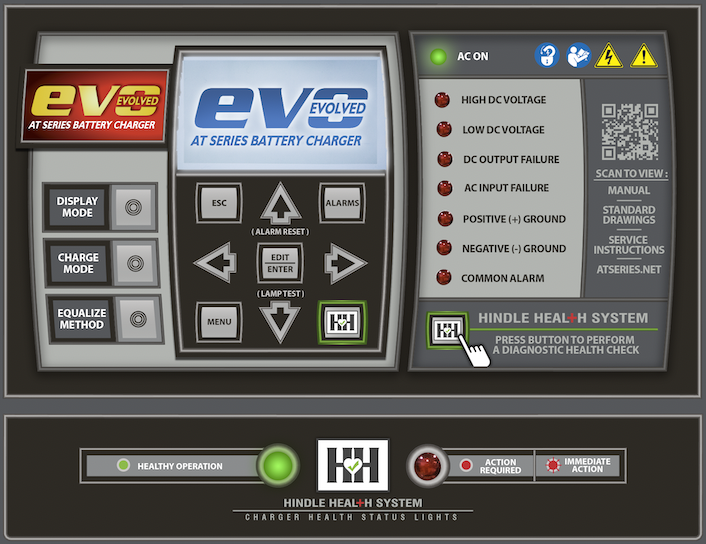

| SECTION TOPICS |
|---|
| Front Panel Controls and Indicators |
| Display |
| Main Menu and Navigation |
Last modified:
19 July 2023
Need more help with this?
Don’t hesitate to contact us here.


